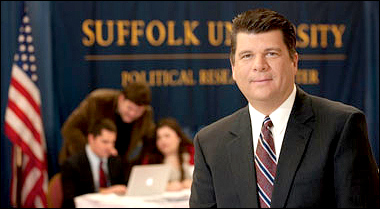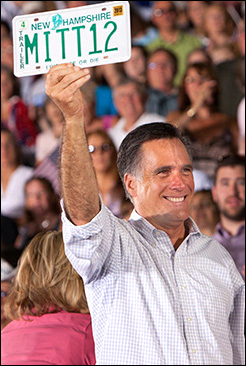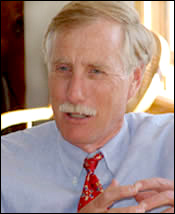On Bill O’Reilly’s Fox News program, “The O’Reilly Factor,” Suffolk University polling director David Paleologos rather surprisingly announced that his institution would no longer conduct presidential surveys in the core swing states of Florida, North Carolina and Virginia. He says that Republican challenger Mitt Romney will carry the trio, representing a combined 57 Electoral Votes. If true, this would have a stunning effect on the national election.
Paleologos has several reasons supporting his decision to project the three states, all of which voted for President Obama in 2008. First, he says, in Florida, 12 candidates are on the ballot. When questioning the respondents who say they are supporting someone other than Obama or Romney, the overwhelming majority cited the Republican nominee as their second choice. He reasons that most people pledging for a minor candidate will move to one of the two major party contenders when they actually cast their ballots instead of wasting their vote on someone who cannot win.
Paleologos also cited the absentee ballot request forms in Florida as another fundamental reason that Romney will win the Sunshine State. He argues that of those people officially requesting ballots, 43.4 percent are registered Republicans versus 39 percent who identify as Democrats. Of those already returning their voting envelope, 45.5 percent are Republican as compared to 38 percent Democratic. In North Carolina, 52 percent of the absentee ballot requests are from Republicans with just 27 percent coming from Democrats. He is less specific about his reasoning for including Virginia in this group of states.
Though some of the support points for Suffolk’s decision are sound, it is way too early, and the margins too close, to begin projecting such states for either candidate. Just look at the major swings occurring within the last two weeks, yielding trends that no one predicted. Much will continue to happen in the next month to determine the actual winner. Suffolk’s polling withdrawal decision is quite premature.








